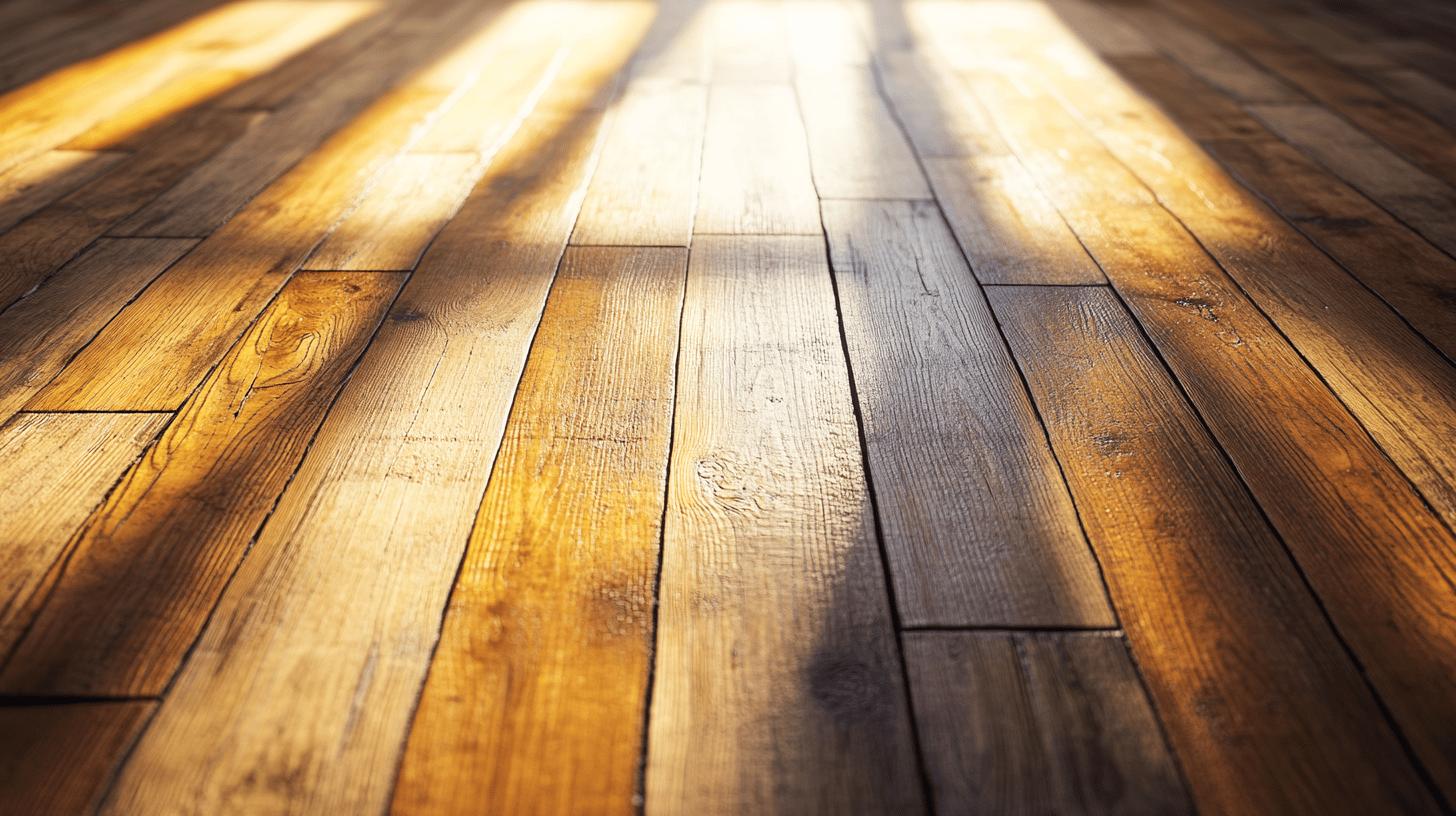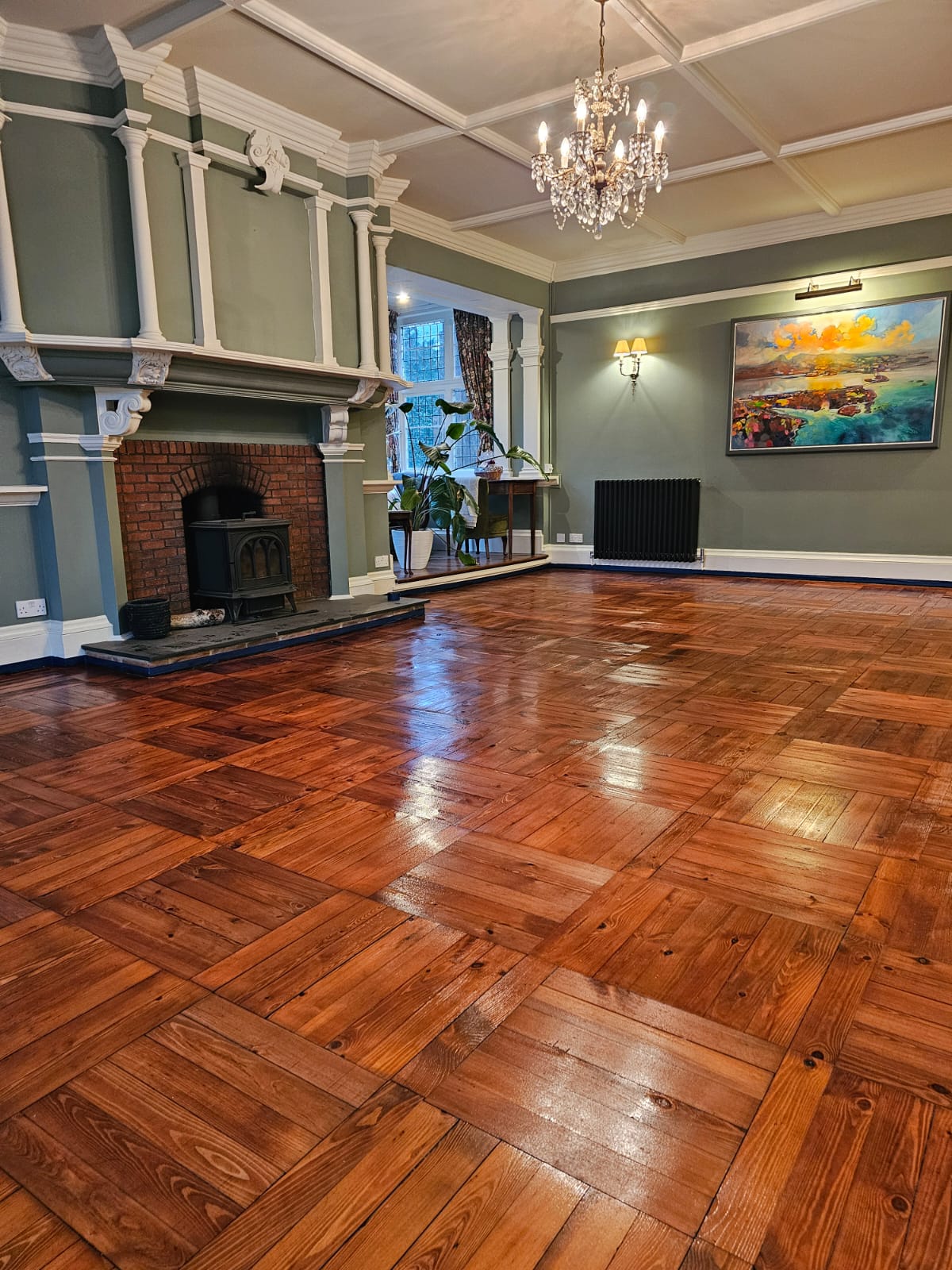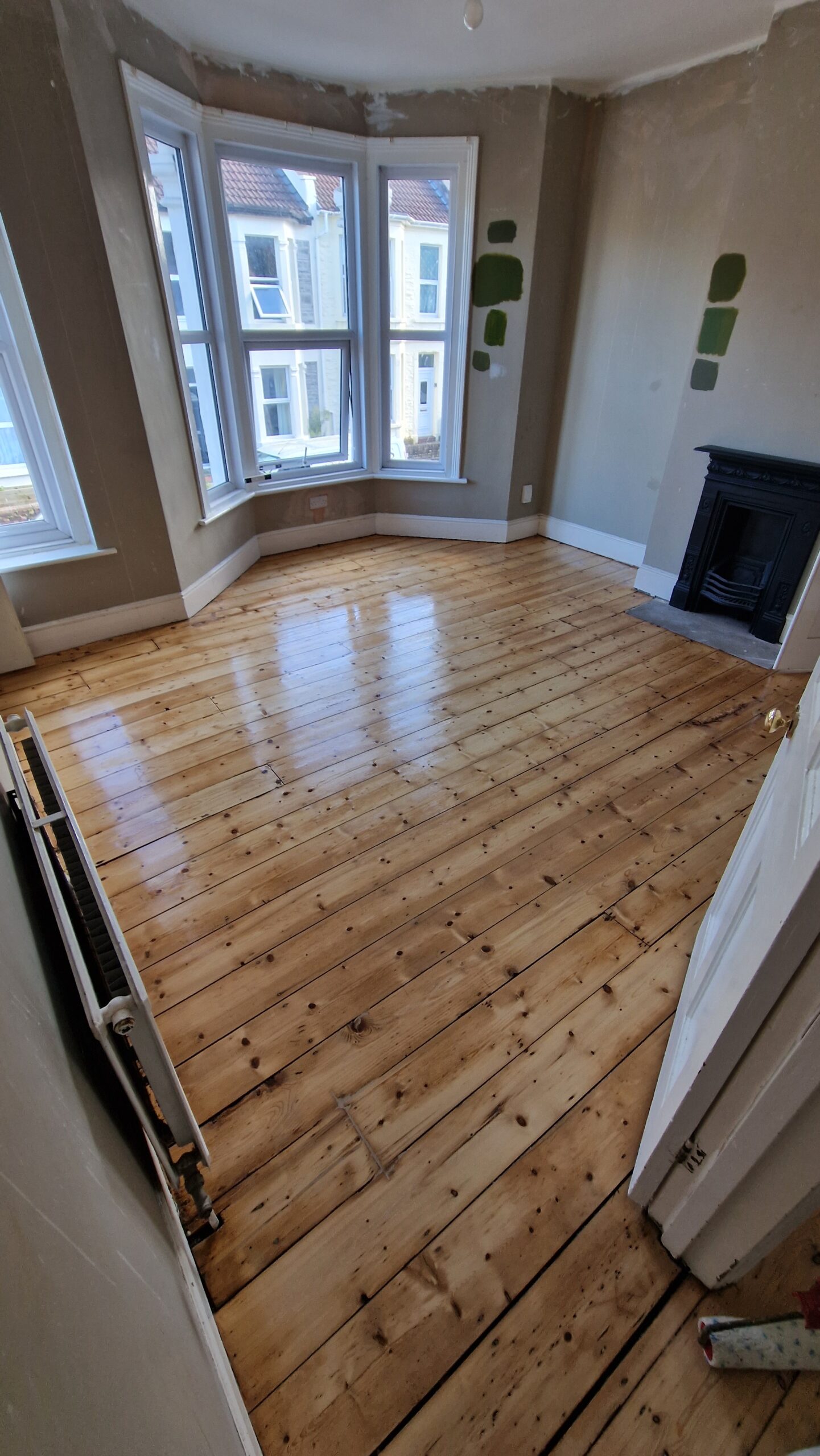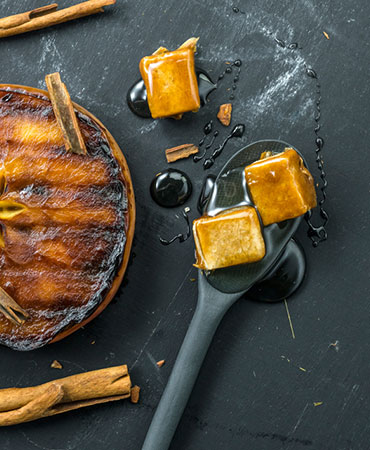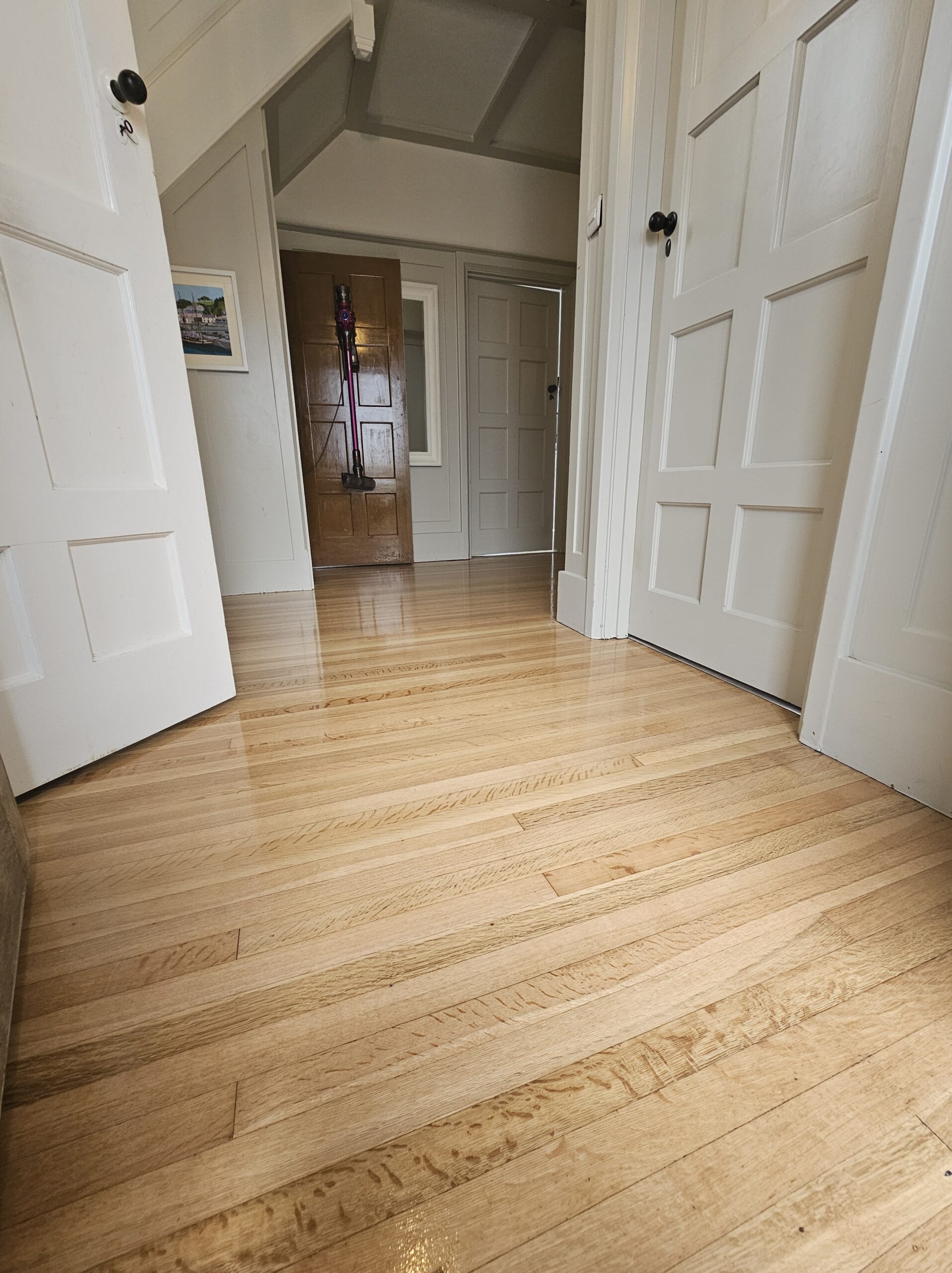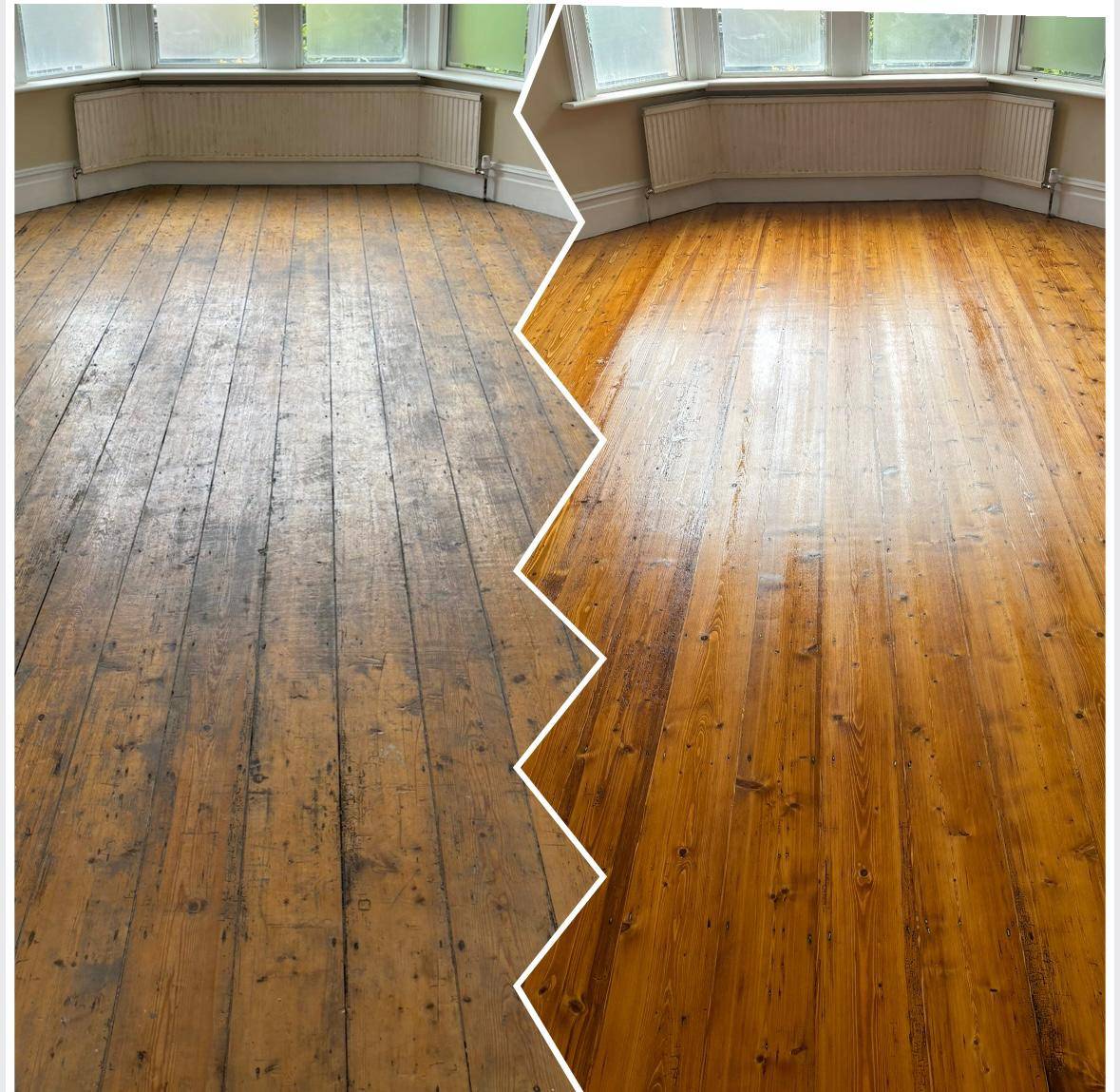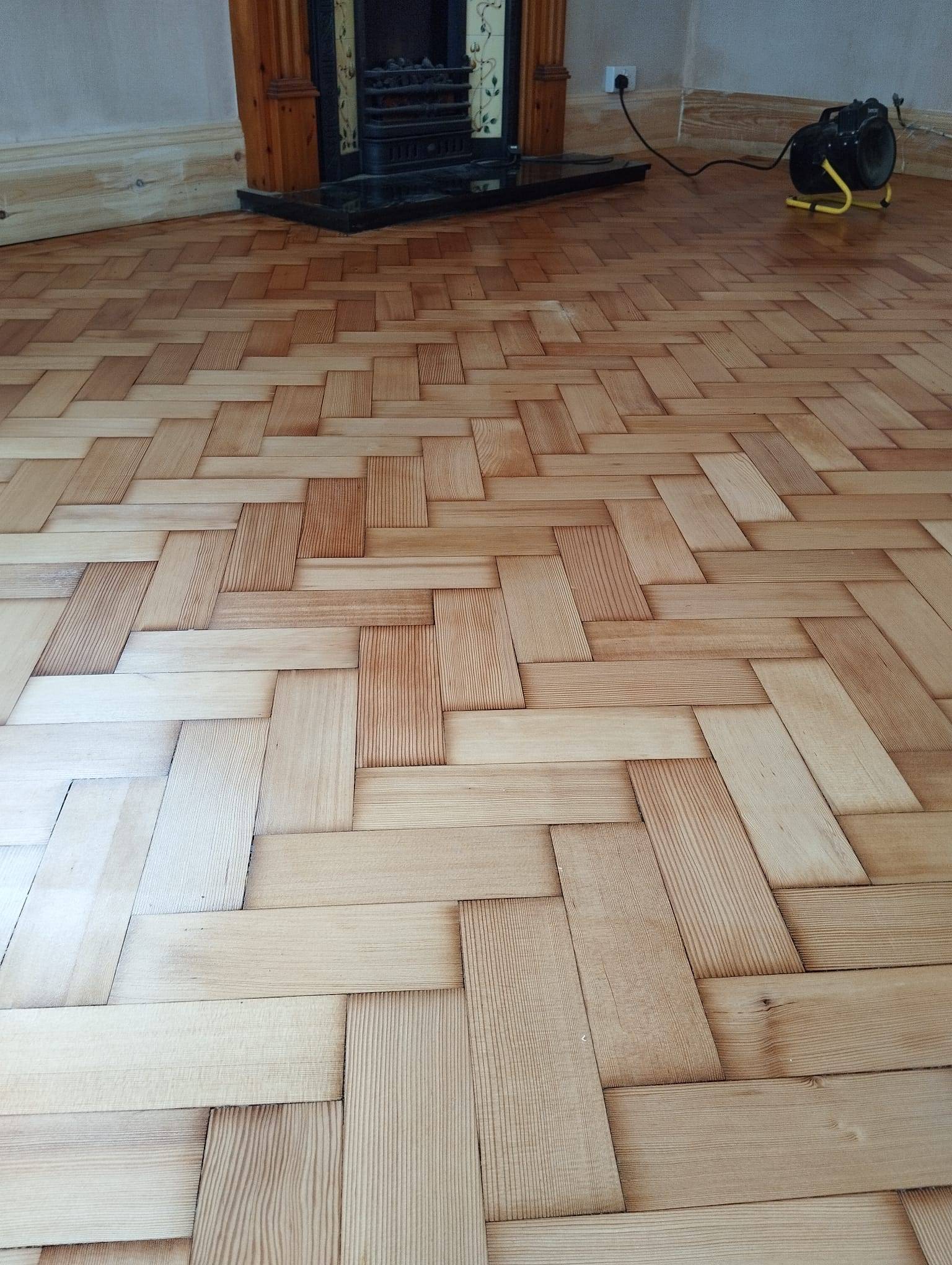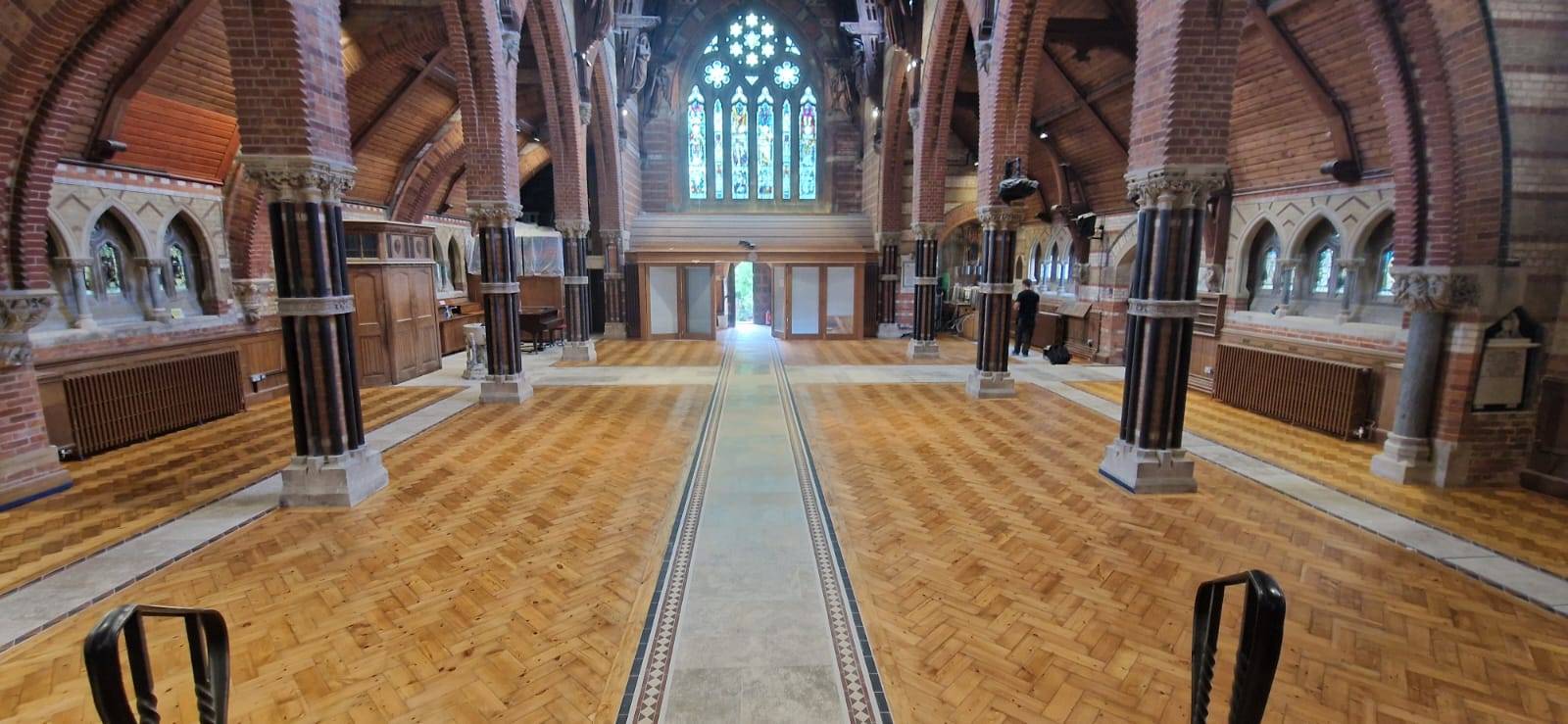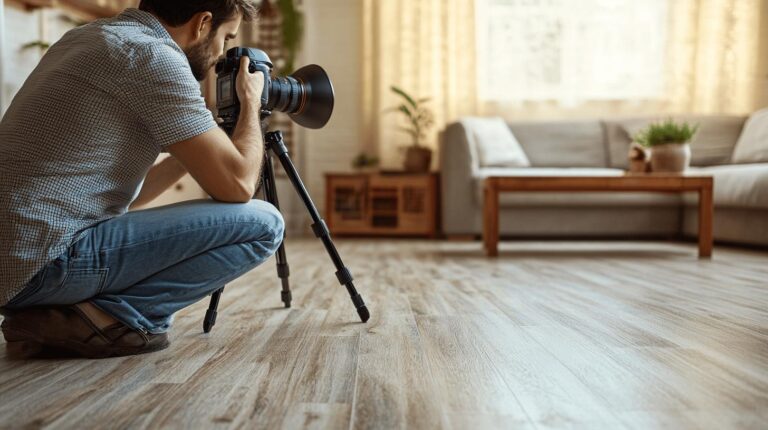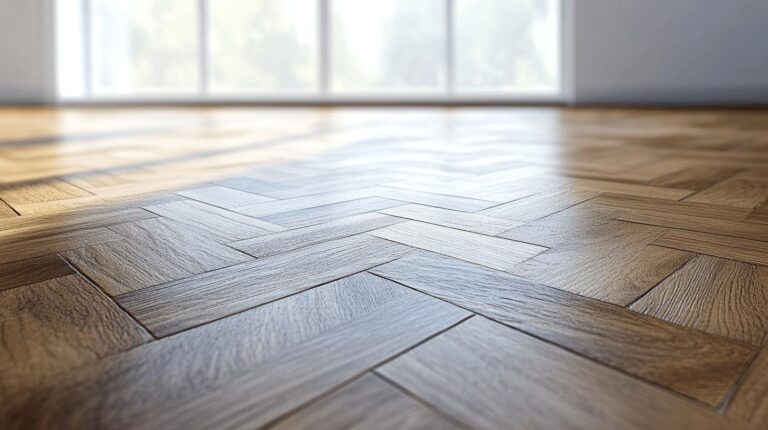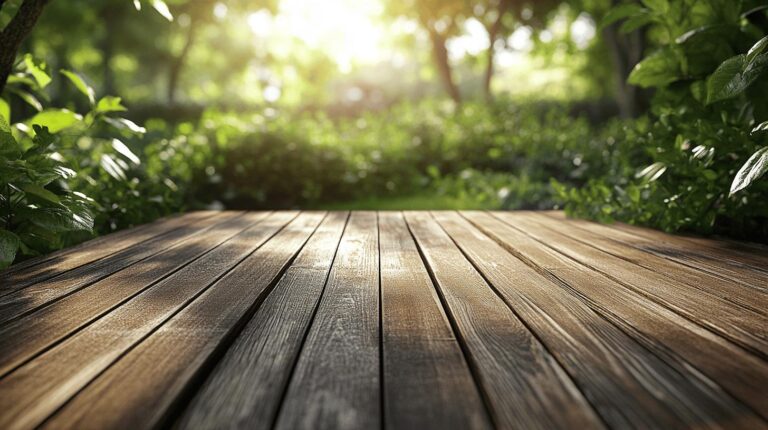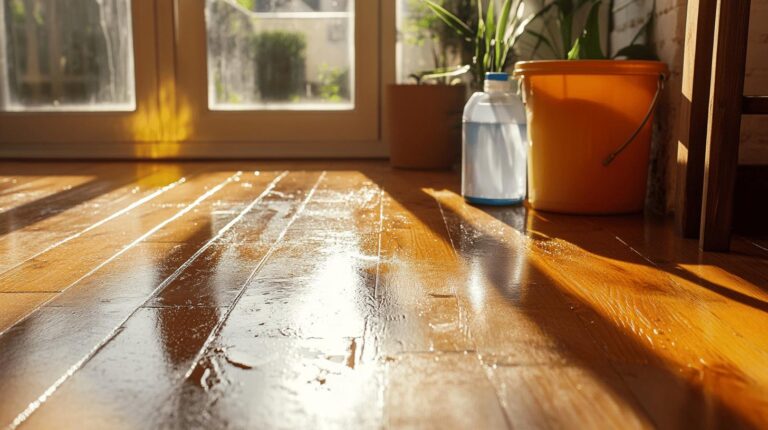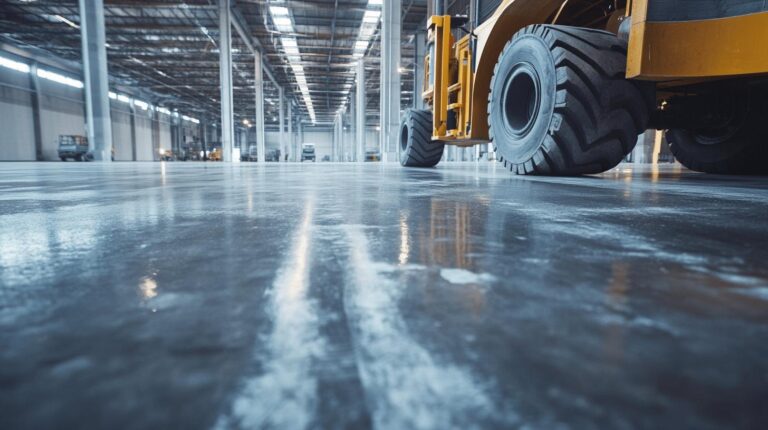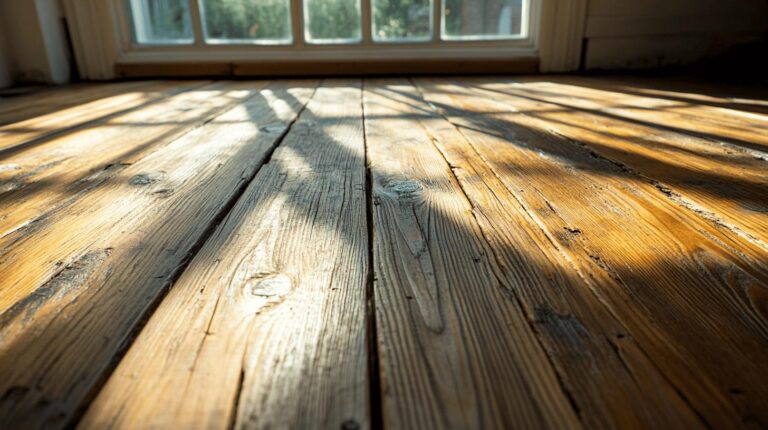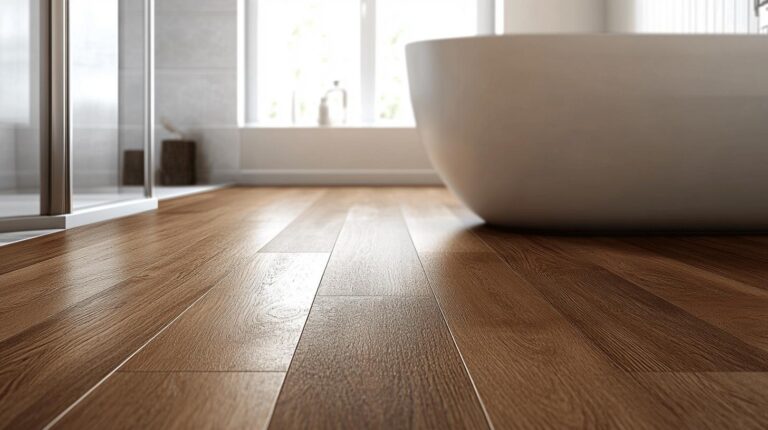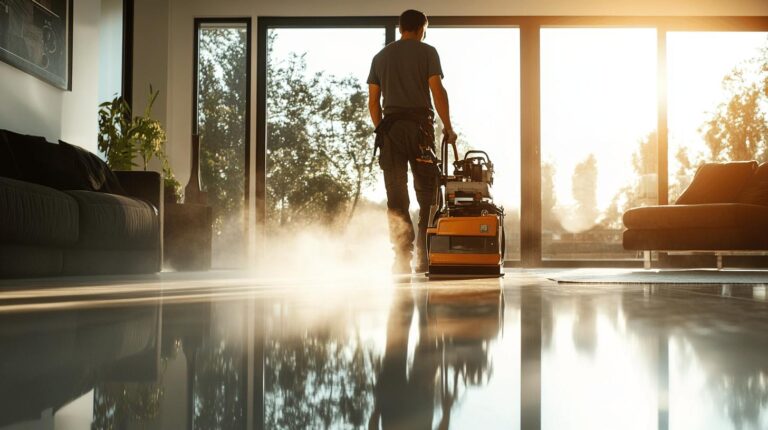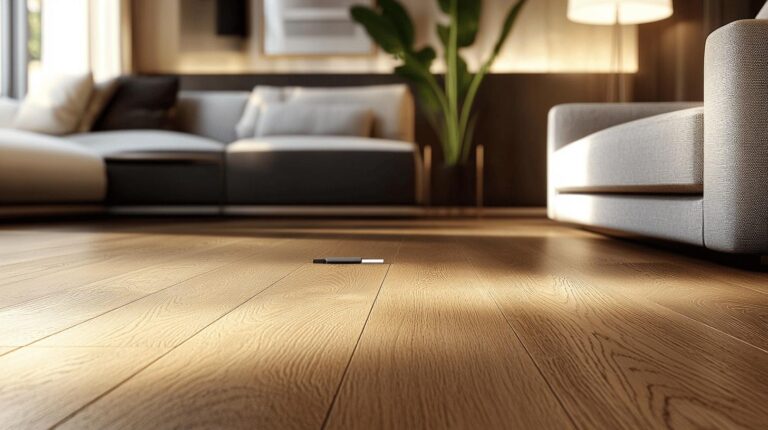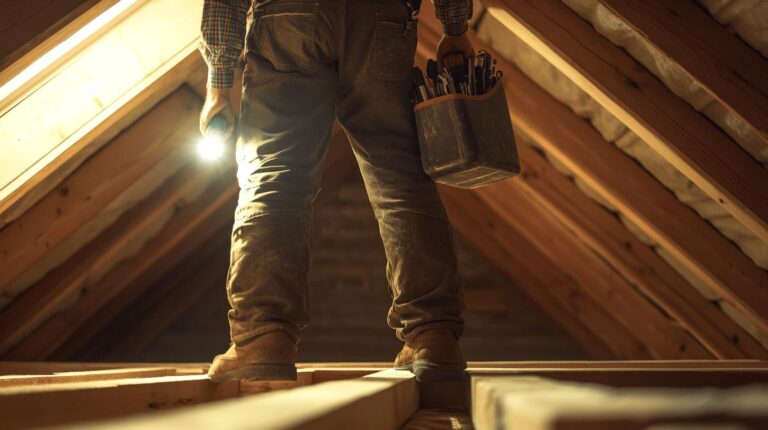Are your antique wood floors losing their lustre, but you’re hesitant about modern restoration methods overshadowing their historical charm? Renovating antique wood floors can seem daunting, especially when preserving their unique historical character is paramount. Yet, with the right blend of tradition and contemporary techniques, you can revitalise your vintage flooring without sacrificing its heritage. This transformative journey promises not only to restore the aesthetic beauty of your flooring but also to enhance your home’s value. Discover how you can marry historical authenticity with modern flair in this comprehensive guide to antique wood floor restoration.
Assessing the Condition of Antique Wood Floors
A thorough assessment of antique wood floors is crucial for preserving their historical charm while planning effective restoration. Recognising the signs of wear and damage ensures that restoration efforts are both efficient and respectful of the wood’s historical significance. Victorian wood floors, known for their intricate patterns and robust construction, require careful inspection to identify areas that need attention. Without this initial step, restoration efforts might overlook critical issues, leading to further deterioration or loss of historical detail.
- Scratches and gouges
- Water stains
- Loose or squeaky boards
- Pattern integrity (parquet, herringbone)
- Tongue and groove joint stability
Understanding the condition of your antique floors informs the restoration strategy, ensuring that each issue is addressed appropriately. Identifying scratches and gouges may lead to targeted sanding, while water stains might require specific treatment to preserve the wood’s integrity. Loose or squeaky boards could indicate structural concerns that need reinforcement. Assessing pattern integrity, especially in parquet and herringbone designs, helps maintain the floor’s aesthetic appeal. Similarly, evaluating tongue and groove joint stability ensures that the flooring remains secure and functional. These assessments form the foundation for a restoration plan that respects both the wood’s history and its future usability.
Choosing Suitable Restoration Techniques
Selecting the right restoration techniques is fundamental to preserving the historical value of antique wood floors while ensuring their longevity. These techniques must strike a balance between traditional craftsmanship and modern refinishing methods, allowing homeowners to maintain authenticity without compromising on durability. An effective restoration approach guarantees that the floors not only remain true to their historical roots but also withstand the demands of contemporary living.
Sanding and Surface Preparation
Sanding is a critical step in wood floor refinishing, as it prepares the surface for staining and sealing. The process begins with selecting the appropriate sandpaper grit. Coarse grits, such as 40-60, are used to remove old finishes and level any surface imperfections. Subsequently, medium grits, around 80-100, smooth out the wood grain, while fine grits, typically 120-150, provide a polished finish ready for staining. This progression ensures the floor’s surface is even and ready to absorb new finishes effectively, enhancing both the floor’s appearance and durability.
Repairing and Replacing Damaged Boards
When it comes to repairing or replacing damaged boards, maintaining historical accuracy is paramount. This involves carefully selecting replacement wood that matches the original in terms of species, grain pattern, and dimensions. For minor damage, repairs may involve filling gaps or cracks with wood filler that complements the floor’s colour. In cases where replacement is necessary, precision in cutting and fitting new boards ensures the continuity of the floor’s original design, such as parquet or herringbone patterns. This meticulous approach preserves the unique character and charm of antique wood floors.
- Floor sander
- Edge sander
- Hand scraper
- Safety gear
Selecting Eco-Friendly Materials and Finishes
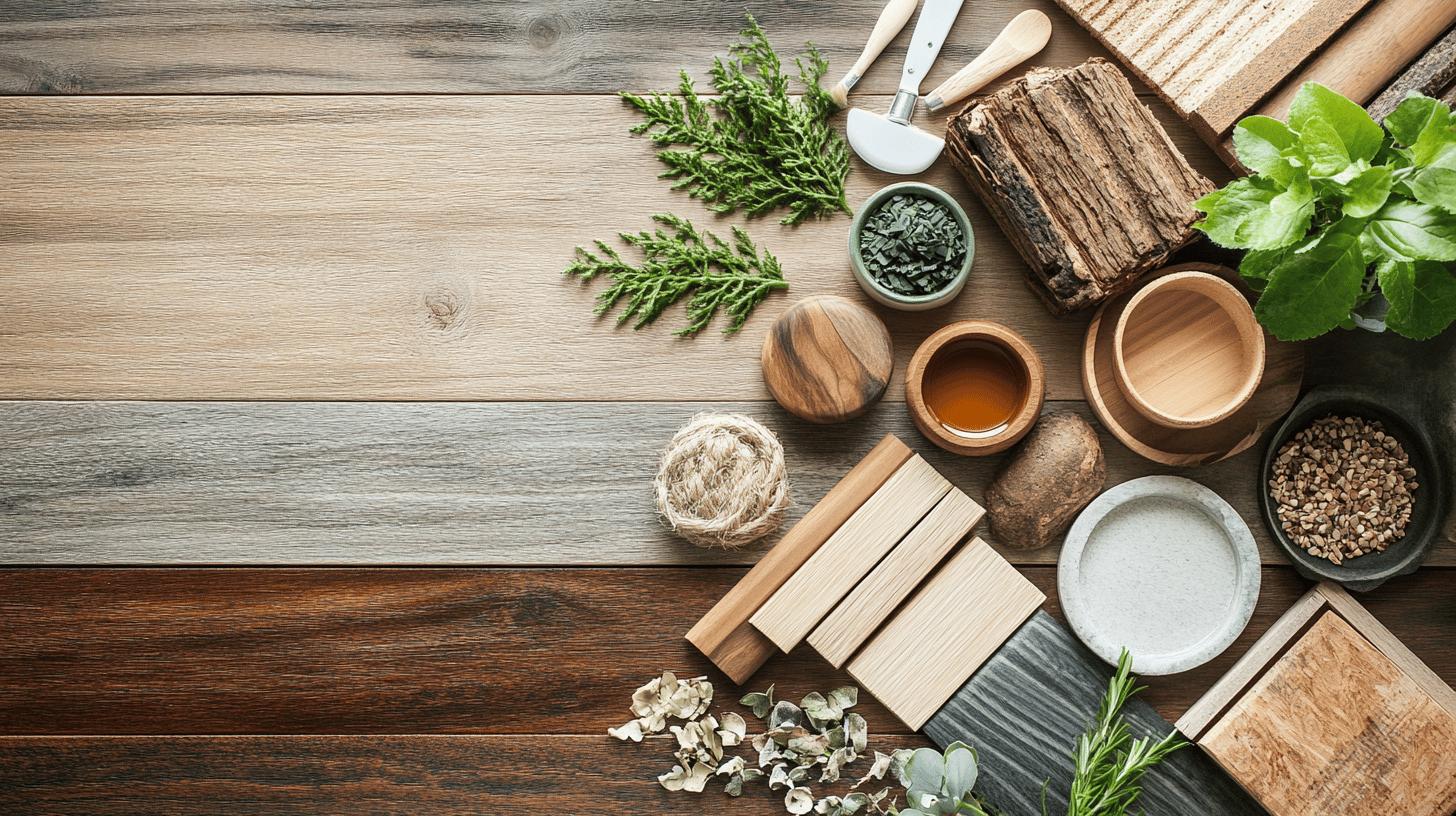
Incorporating eco-friendly materials and finishes into the restoration of antique wood floors not only benefits the environment but also enhances the longevity and aesthetic of the flooring. Choosing sustainable options ensures that the restoration process respects both the historical value of the wood and contemporary ecological standards. Low-VOC products, sustainably sourced materials, and natural finishes contribute to a healthier indoor environment by reducing harmful emissions and preserving the wood’s natural beauty. Additionally, these materials often require less maintenance, extending the life of the floors and protecting them against future wear and tear.
- Low-VOC sealants
- Water-based finishes
- Natural oils
- Reclaimed wood
- Non-toxic stains
- Sustainable sourcing certifications
Balancing sustainability with historical preservation involves selecting materials that align with the original character of the wood while adhering to modern eco-friendly practices. Using reclaimed wood, for instance, can maintain the historical authenticity of the flooring while reducing the demand for new lumber. Natural oils and non-toxic stains not only enhance the wood’s intrinsic colour but also provide a protective layer that is both durable and environmentally sound. By integrating these sustainable choices, restorers can achieve a harmonious blend of historic charm and modern ecological responsibility, ensuring that antique wood floors remain a cherished feature for generations to come.
Balancing Historical Accuracy with Modern Living Standards
Maintaining the historical accuracy of antique wood floors, particularly those from the Victorian era, presents a unique set of challenges. These floors often feature intricate patterns like parquet and herringbone, crafted from specific wood types such as oak, mahogany, and pine. The key to successful restoration lies in preserving these period-specific styles while integrating modern techniques that enhance durability and functionality. As modern living demands greater resilience and lower maintenance, restorers must carefully select materials and methods that respect the original craftsmanship without compromising on contemporary standards. This delicate balance ensures that the floors retain their historical charm while meeting the practical needs of today’s homeowners.
| Victorian Wood Type | Modern Substitute |
|---|---|
| Oak | Engineered Oak |
| Mahogany | Sapele |
| Pine | Douglas Fir |
To blend period styles with modern functionality, homeowners can incorporate subtle updates that do not detract from the original design. For instance, using modern sealants and finishes can enhance the wood’s natural beauty and provide added protection against wear and tear. Additionally, integrating underfloor heating systems can offer modern comfort without altering the floor’s surface aesthetics. By thoughtfully combining historical fidelity with modern advancements, antique wood floors can be revitalised to serve both as a testament to their era and a functional feature in contemporary homes.
Case Studies: Successful Antique Wood Floor Restorations
Engaging in professional consultation is essential when embarking on the complex task of restoring antique wood floors. Expert guidance not only ensures that restoration projects are executed with precision but also enhances the overall outcome by preserving the floors’ historical charm and integrity. Specialists bring a wealth of knowledge and experience, allowing for custom floor solutions that respect the original craftsmanship while integrating modern techniques for improved functionality.
Victorian Manor Restoration
Restoring the floors of a Victorian-era manor involves overcoming unique challenges due to the intricate designs and aged materials typically found in such properties. One particular project highlighted the necessity of custom solutions to address warped and damaged boards while preserving the original parquet pattern. Through meticulous craftsmanship, the restoration team replaced damaged sections with historically accurate materials, ensuring seamless integration with the existing floor. The use of modern refinishing techniques, such as water-based sealants, provided enhanced durability without compromising the floor’s authentic appearance. This project exemplified the successful marriage of historical preservation with cutting-edge restoration methods, resulting in a revitalised floor that retained its Victorian elegance.
Georgian Townhouse Project
In a Georgian townhouse, the restoration of antique wood floors required a delicate balance between traditional craftsmanship and contemporary demands. Expert advice played a pivotal role in selecting appropriate materials and techniques, ensuring the floors met modern living standards while maintaining historical fidelity. The project involved replacing severely damaged boards with custom-milled replicas, preserving the original wood species and grain patterns. Additionally, advanced sanding and finishing processes were employed to achieve a smooth, resilient surface. This careful blending of old and new ensured the floors not only looked stunning but also withstood the rigours of daily use, illustrating the transformative power of professional restoration advice.
- Importance of expert guidance
- Balancing authenticity and modern needs
- Custom solutions for unique challenges
Final Words
Revitalizing antique wood floors is a delicate balance of preserving historical charm while incorporating modern techniques. By first assessing the condition of the floors, one understands the specific restoration needs, from addressing scratches to ensuring structural stability. Choosing suitable restoration techniques and employing eco-friendly materials safeguards the floors and the environment. Striking a balance between historical accuracy and modern living standards ensures that these antique floors remain both beautiful and functional. Looking at case studies of successful restorations provides valuable insights and inspiration. Ryan’s Restoration expertly combines tradition with innovation, ensuring homes have floors that reflect both past elegance and current convenience.
FAQ
How do you bring old wood floors back to life?
To bring old wood floors back to life, consider sanding and refinishing. Sanding removes the worn surface layer, and refinishing applies a new protective coat, enhancing the floor’s appearance and longevity.
How do you make old wood floors look modern?
Modernising old wood floors involves updating their finish. Choose contemporary finishes, like low-sheen or matte, and add modern design elements like area rugs or contemporary furniture.
How do we protect old wooden floors?
Protect old wooden floors by applying a quality sealant and using protective pads under furniture legs. Regularly clean with a soft broom or vacuum to prevent surface scratches and damage.
How do you revitalise wooden floors?
Revitalise wooden floors by assessing their condition for surface imperfections. Consider sanding to remove deep scratches and reapplying a suitable stain and sealant for renewed protection and appearance.
